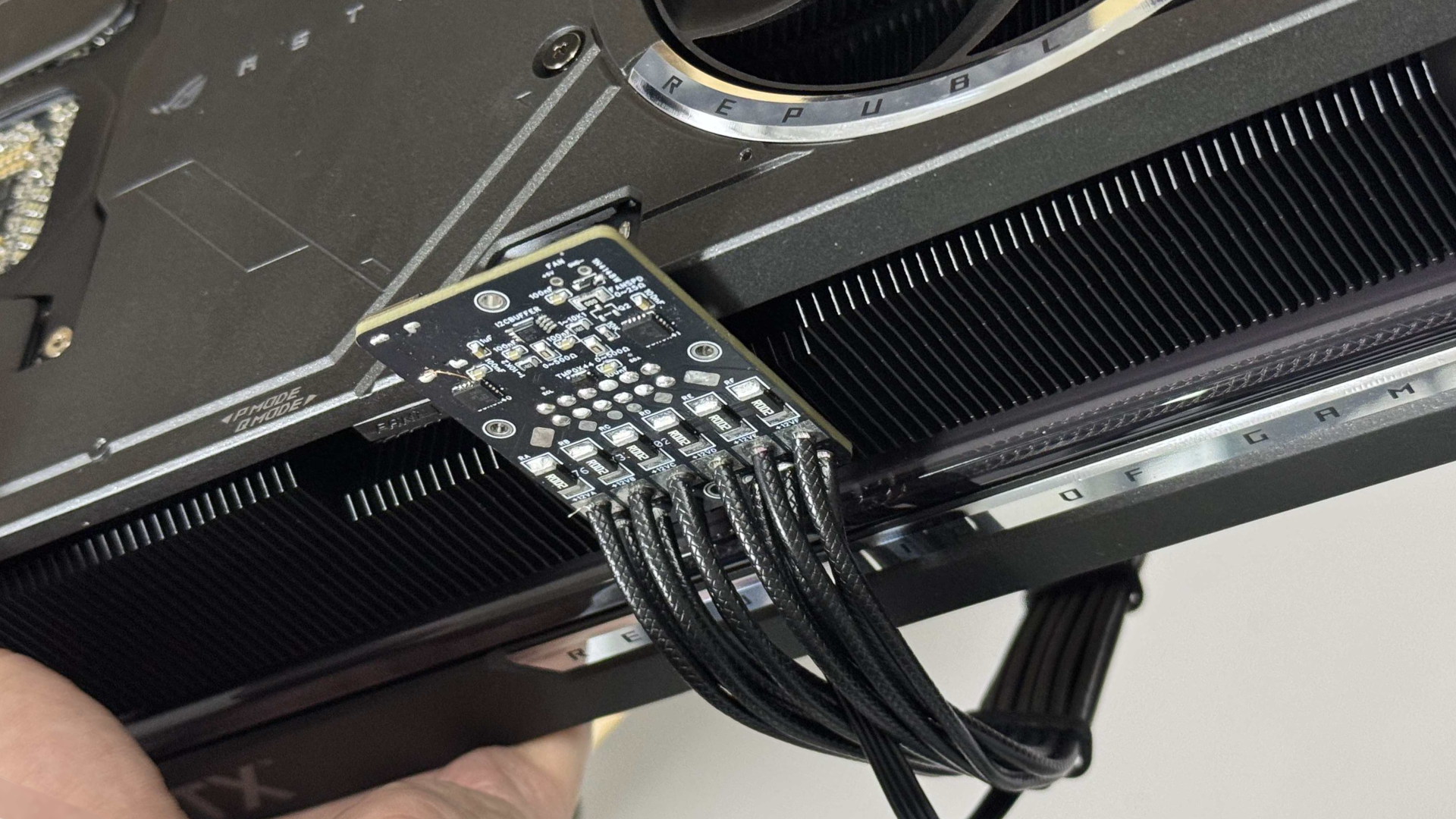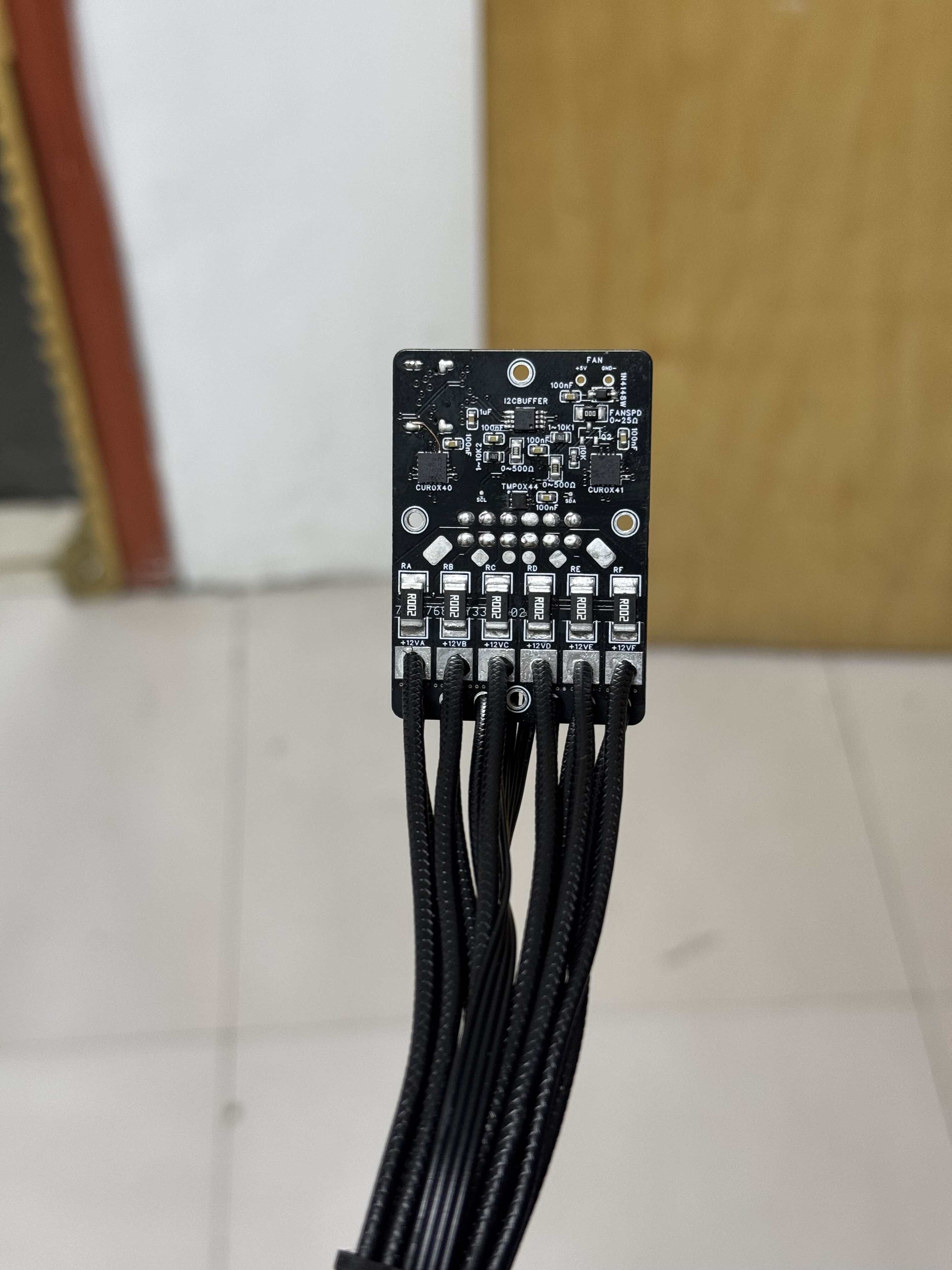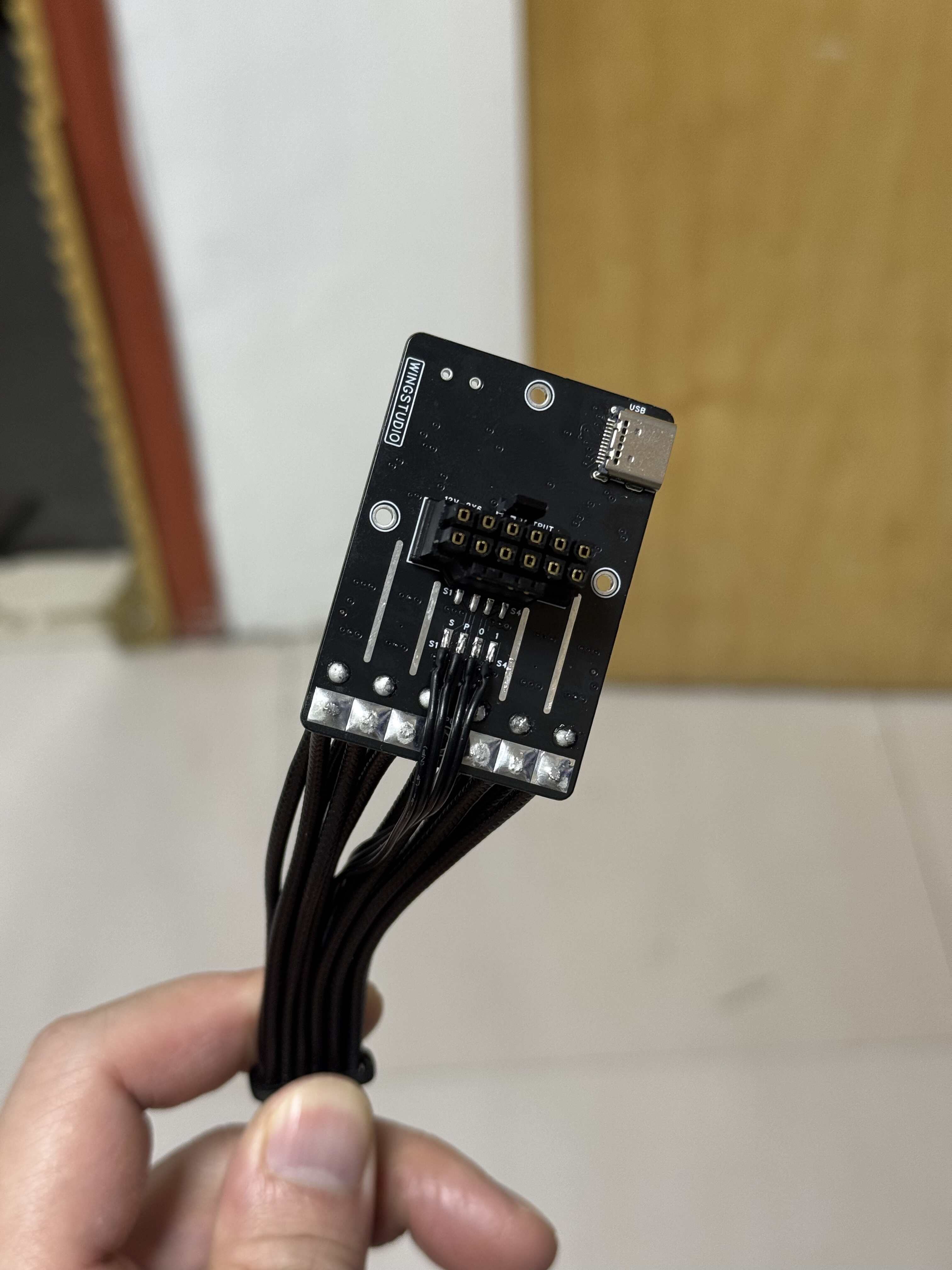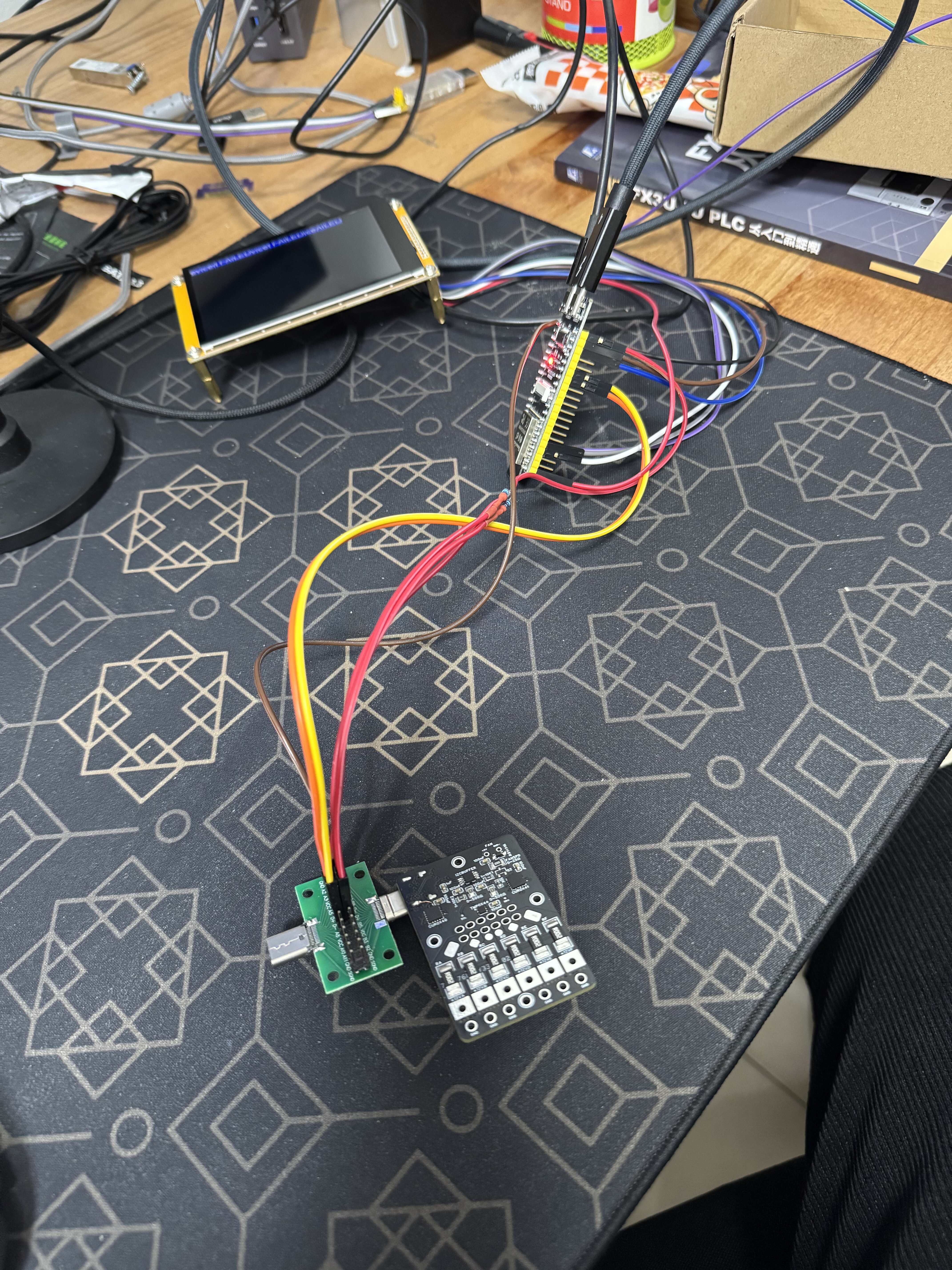Prototype RTX 50-series power connector designed to prevent melting with current overload alarm, per-pin sensing

With the resurgence of the connector meltdown scare, users who were lucky enough to snag an RTX 50 GPU at launch have been worried their card is next on the chopping block. A detailed analysis of Nvidia's connector design this generation shows several blind spots and obvious design setbacks versus the previous iterations. As shared by UNIKO's Hardware, a user at Bilibili has engineered a PCB, attached to their 16-pin connector that reads per-pin current values and even incorporates an alarm for safety.
The 16-pin connector, better known as 12VHPWR or 12V-2x6 (the most recent iteration) features four sense pins, six current pins (+12V), and six ground pins. In theory, all six 12V pins should be able to supply 575W of power (RTX 5090 TGP), however, internal cable cuts and/or improper cable seating can lead to uneven current distribution and melted connectors.
User "Wing King" posted images of a 12V-2x6 connector prototype on Bilibili, capable of reading current across each pin. While the card is still unable to balance the current, the design supposedly includes an alarm that goes off if too much current is being drawn by a single pin. A quick look at the SMDs shows that the user has attached six R002 (0.002 Ohms) shunt resistors across each 12V cable.
The inclusion of a USB port at the backside of the PCB means the readings are also accessible through software. Technically, you could connect this directly to your PC — or, if you're feeling crafty, consider a small Arduino or Raspberry Pi project.
In electronics, shunt resistors are used to measure the current flowing through a circuit. Ideally, each of the six 12V pins should have its own shunt resistor. With the RTX 30 series, Nvidia included three shunt resistors, which, while adequate, is not ideal. The updated design internally ties all the pins across a single shunt resistor. This makes it impossible for the GPU to determine if a certain pin is drawing too much current. Worst case scenario: A single-pin carries all 575W, minus 75W from the PCIe slot (42A) which exceeds the rated limit of 9.5A by a factor of more than 4x.
This project and the associated software are likely undergoing further development but the creator plans to eventually make them open source. Even with the complete design and source code available, building this device from scratch will be a hard undertaking, unless we're talking about enthusiasts. That said, we may see third-party cables spring up with the same implementation in the future.
Get Tom's Hardware's best news and in-depth reviews, straight to your inbox.

Hassam Nasir is a die-hard hardware enthusiast with years of experience as a tech editor and writer, focusing on detailed CPU comparisons and general hardware news. When he’s not working, you’ll find him bending tubes for his ever-evolving custom water-loop gaming rig or benchmarking the latest CPUs and GPUs just for fun.
-
-Fran- Imagine having to create something like this for what should be a simple "mechanical" problem to solve.Reply
Un-friggen-believable.
Regards. -
Notton They'll have to shrink it a lot more than that because the FE 5080/5090 has the connector coming out from a pocket at 45d.Reply
The proper way to solve this is switching to an XT-90 connector. -
CelicaGT Really, it's time to increase the voltage supplied to the card. In the long run it'll be cheaper than the current lipstick on the pig solutions. Bonus short term increase in PSU revenue..Reply -
A Stoner This does not need to be placed right at the GPU connector, it should be possible to place it anywhere along the cable length since the current will be the same regardless of where it is measured.Reply -
Charogne wow...nvidia should just make a recall and fix it. its not like they have thousands of those cards anyway; and they have the money. If I buy a lamp and it risk catching fire, there is a recall on it...how come if your PC risk catching fire there s no recall?Reply -
ohio_buckeye Perhaps they should have gone back to the 8 pin connectors. At least those did not catch fire..Reply -
Kamen Rider Blade Reply
nVIDIA should recall it. But I highly doubt they will until a recall is forcing them to.Charogne said:wow...nvidia should just make a recall and fix it. its not like they have thousands of those cards anyway; and they have the money. If I buy a lamp and it risk catching fire, there is a recall on it...how come if your PC risk catching fire there s no recall?


